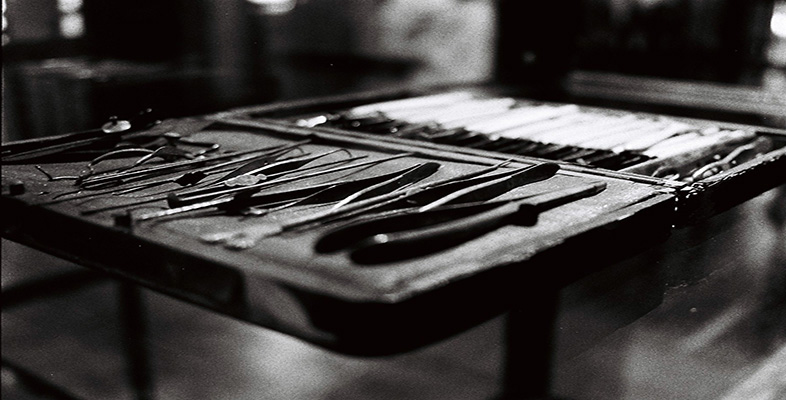5 Calling in help
5.1 Introduction
When people did seek help for their ailments, most sought some form of outpatient care. For the upper and middle classes, during much of the nineteenth century, this meant calling in a general practitioner. The poorest could apply for help at the outpatient department of a charitable hospital or dispensary. Another source of help was to apply for assistance from local government – in some countries the local authorities employed doctors to care for the poor. In Britain, medical help was available through the Poor Law – the body responsible for all aspects of welfare. There was what historians call a ‘mixed economy of care’ – patients could either pay for the services of practitioners, or apply for free care from charities or local government agencies. The end of the nineteenth and beginning of the twentieth centuries saw a huge expansion in the availability of outpatient services – both through these existing outlets and through new facilities. The result was a patchwork of services, where the same care was available from numerous outlets, leading administrators to worry about inefficiencies and the over-provision of medical services.
